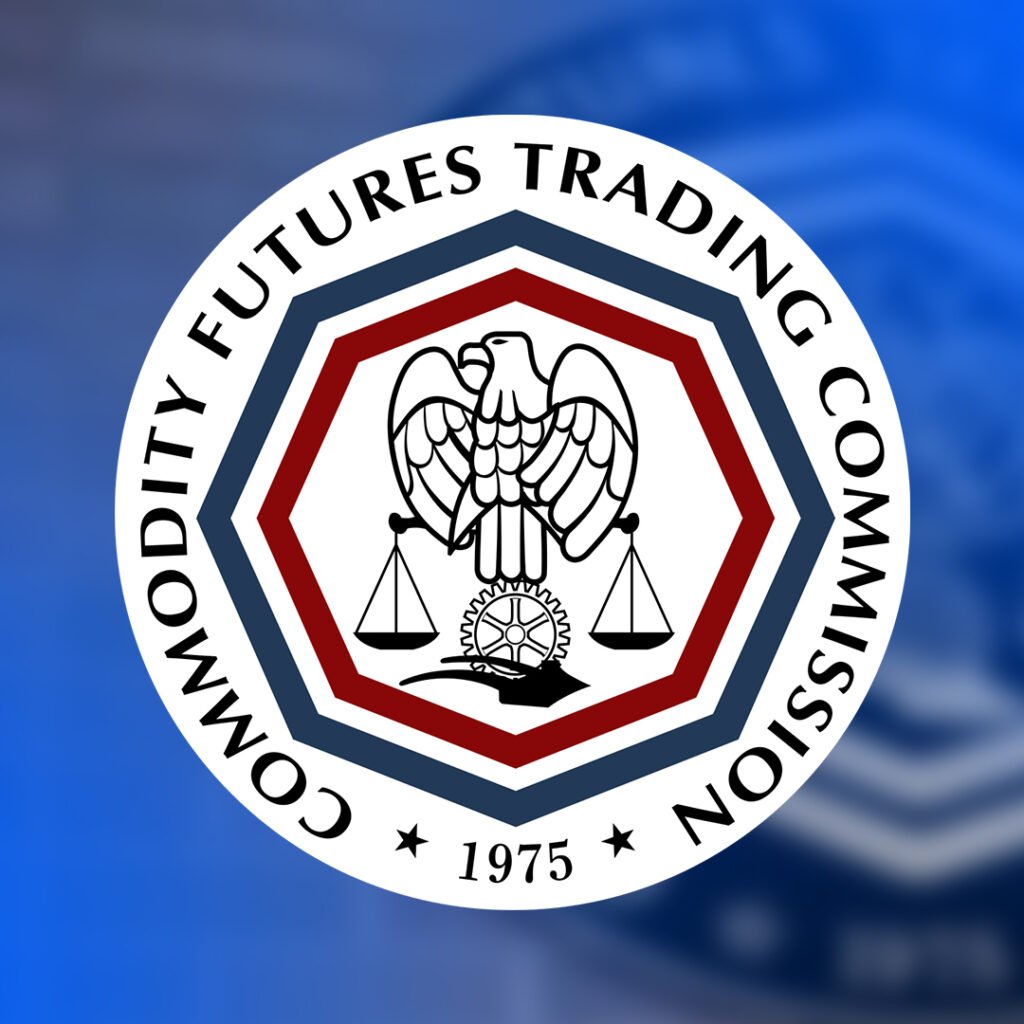
In a landmark decision, the U.S. Commodity Futures Trading Commission (CFTC), under Acting Chairman Caroline D. Pham, announced on September 23, 2025, that stablecoins can now serve as tokenized collateral in the vast U.S. derivatives markets. This move, part of the CFTC’s “Crypto Sprint” initiative launched in August, marks a significant step toward integrating digital assets into traditional finance and could unlock trillions in liquidity in a market exceeding $1 quadrillion globally.
A New Era for Stablecoins
The decision stems from discussions at the CFTC’s Crypto CEO Forum in February 2025 and aligns with recommendations from the President’s Working Group on Digital Asset Markets. Major stablecoin issuers, including Circle, Coinbase, Crypto.com, Tether, and Ripple, are partnering with the CFTC to enhance market efficiency and liquidity. Circle’s President Heath Tarbert hailed the move, noting that stablecoins like USDC could “lower costs, reduce risk, and unlock liquidity across global markets 24/7/365.” Ripple’s Jack McDonald emphasized that this integration could position the U.S. as a leader in financial innovation.
Stablecoins, originally designed as peer-to-peer cash alternatives, are now being repurposed as regulated collateral, a shift foreshadowed by a 2022 SEC suggestion from Chair Gary Gensler to expand CFTC oversight, as reported by Reuters. Their 24/7 settlement capability, backed by blockchain efficiency studies (e.g., Journal of Financial Stability, 2023), promises to modernize derivatives trading, potentially boosting U.S. economic growth.
Opportunities and Risks
The potential is immense. With derivatives markets relying heavily on collateral, stablecoins could inject unprecedented liquidity, leveraging their atomic settlement efficiency. Coin Bureau’s X post on September 24 highlighted this as a “monster unlock,” while analysts suggest it could revolutionize trading with real-time collateral management.
However, the move is not without risks. Critics draw parallels to the 2008 financial crisis, where derivatives fueled systemic instability. The use of stablecoins—often backed by commercial paper or Treasuries—as collateral for leveraged bets raises concerns about volatility and contagion, especially if a major issuer faces a “run.” The CFTC’s invitation for public feedback until October 20, 2025, reflects this uncertainty, with issues like valuation, custody, and systemic risk still under scrutiny, as noted in the CFTC’s press release and BeInCrypto’s analysis.
What’s Next?
As the industry digests this development, the CFTC’s non-binding proposal signals a cautious yet forward-looking approach. Stakeholders are encouraged to submit comments on the CFTC website, shaping the final framework. Whether this marks the dawn of a “Golden Age of Crypto” or a regulatory tightrope walk, one thing is clear: stablecoins are no longer on the fringes—they’re at the heart of financial innovation.


















